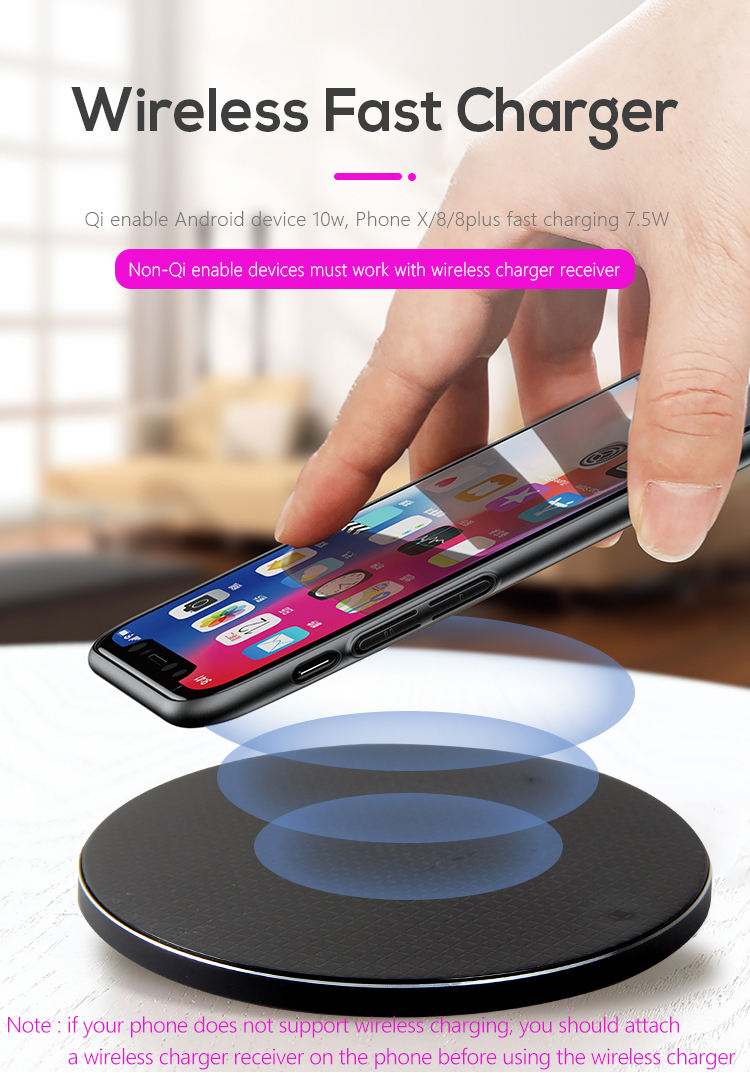DSL technology has developed vigorously in the past few years, but as the market expands, installation management, maintenance and repair costs continue to increase, especially in areas with high labor costs, there is an urgent need for an automated management, monitoring and configuration of client modems , Upgrade, diagnosis technology. The TR069 proposed by the DSL Forum was formulated for this demand. The specific name of TR069 is the CPE WAN management protocol, and the network operator can remotely operate and manage the modem through the ACS (automatic configuration server) at the central office. The agreement mainly defines the following functions: Remote parameter configuration management for CPE Software version identification, upgrade and configuration backup, support digital signature to ensure security Monitor CPE status and performance statistics, and CPE actively report status changes Diagnose line connectivity and terminal equipment functions The TR069 protocol is above the TCP / IP layer. Below is the TR069 protocol hierarchy diagram: In recent years, the Ministry of Information Industry of China has also proposed China ’s CPE remote management standard. Compared with TR069, the goal is the same and the implementation method is different. China CPE Remote Management Standard Based on the upper layer protocol above the IP layer, it can widely support various terminals that can support the IP protocol, such as vdsl, adsl Based on the underlying protocol, the terminal is required to support ATM PVC or adsl EOC channels A valid connection on the IP layer is required Only requires adsl physical layer to establish a connection SOAP based on xml syntax, text format, large code size redundancy Based on snmp, the binary code size is small and redundant International standards, global support Chinese standard, domestic manufacturer support An optional sub-level security layer is defined to provide different levels of security for remote management with different requirements (at present there is no manufacturer support) No security layer defined At present, the interoperability between modem and ACS of different manufacturers is not very good, and it needs to be further improved in details The current work on interoperability is still arduous, and the standards need to be refined
Wireless Charger
Wireless Charging, also known as Inductive Charging, is a convenient and cable-free way to charge your electronic devices. It requires two things: A charger, usually in the form of a puck, a mat or a stand that connects to a power source.The types include wireless Phone Charger,charging stand for phone,etc..
Fast Wireless Charger,Wireless Charging Station,Wireless Mobile Charger,3 in 1 Charging Station Pogo Technology International Ltd , https://www.pogomedical.com Layer DescripTIon CPE / ACS ApplicaTIon Run the upper application software of the remote management protocol of Modem and ACS respectively. RPC Methods (remote program call) TR069 defines some specified remote program calls, for example, setting parameters, reading parameters, downloading, deleting added objects, etc.
Description of relevant parameter sets for modem operation SOAP (Simple Object Operation Protocol) The SOAP included in http post, http reponse is based on standard XML syntax and includes the code for remote program calls to remotely manage the modem HTTP (Hypertext Transfer Protocol) Hypertext Transfer Protocol SSL / TLS (Security Suite Layer
/ Transport layer security protocol) Security Protocol. The security suite layer SSL or the transport layer security protocol TLS is a protocol layer recommended by TR069 but not mandatory. In fact the current ACS
Have not implemented this layer TCP / IP Transfer Control Protocol / Internet Protocol AAL5 ATM PVC ADSL physical layer
three. The main difference between TR069 and Chinese CPE remote management standard protocol layer: Layer DescripTIon ApplicaTIon Run the upper application software of the remote management protocol of Modem and server respectively. SNMP (Simple Network
Management Protocol) Simple Network Management Protocol AAL5 HDLC ATM adaptation layer High-level data link layer control ATM-PVC ADSL-EOC ATM PVC VPI = 0; VCI = 16 uses proprietary PVC to transmit network management information ADSL layer embedded additional channel (belonging to the physical layer) ADSL physical layer
The TR069 protocol is defined on the TCP / IP protocol and has nothing to do with the physical transport layer and data link layer. As long as the terminal has an IP protocol stack, it can be supported. The Chinese CPE remote management standard defines two modes, one is snmp over PVC, The client and the central office use specific PVC, VPI = 0, VCI = 16 for remote management communication, which requires the client to support the ATM protocol. Terminals that do not support ATM cannot be implemented, such as vdsl modem; another It is snmp over EOC. EOC is an overhead channel of the ADSL physical layer frame format. This method requires that the terminal must be an adsl terminal, which cannot support vdsl, hdsl, etc. At this point, TR069 can cover the entire DSL field, while China The CPE remote management standard is basically aimed at the largest ADSL terminal on the market.
Operation premise:
The operation of TR069 requires an IP layer connection as a premise, that is, to ping from the modem to the ACS. Taking an ADSL modem PPP connection as an example, it requires the modem to have the correct PVC and encapsulation, PPPOE username and password. And China CPE remote management The standard only requires the successful connection of the adsl physical layer, (in PVC mode, both parties are required to set the default remote management PVC, VIP = 0; VCI = 16), which has great advantages for fault maintenance and new user activation.
Code size:
TR069 is a SOAP protocol based on XML syntax, with text format analysis and large code size redundancy; while the Chinese CPE remote management standard is based on snmp, binary format analysis, and code size redundancy is small. The DSL Forum may have considered the simplicity of the protocol at the beginning. Scalability, legibility, but did not consider too much the impact of code size on modem flash memory and memory. In fact, today, with fierce price competition, this is also an important factor. The current support for TR069 will greatly increase the code size to modem Extensive support for cost pressure:
As a standard proposed by the DSL Forum, TR069 has been supported by global manufacturers. Although there are still many interconnection problems, no matter telecom operators or equipment manufacturers, chip manufacturers have invested a lot in this. China CPE remote management standards are currently only domestic Manufacturers support security:
TR069 defines a variety of optional security mechanisms to prevent the destruction of CPE and ACS transactions, ensure the confidentiality of transactions, and allow multiple levels of authentication:
a. The protocol supports SSL / TLS security mechanism to ensure the confidentiality of CPE and ACS transmission, data integrity and certificate authentication mechanism
b. The HTTP layer provides an optional CPE authentication method based on shared security
c. Support digital signature
However, the current ACS does not support these optional security mechanisms. The Chinese CPE remote management standard architecture is based on the underlying protocol, and the chance of being attacked is relatively small. There is no such security mechanism defined.
Connectivity:
At present, TR069 MODEM and the ACS interconnection problems of different manufacturers are still relatively serious. This is mainly due to the inconsistent implementation of the application layer of different manufacturers, and the differences in the understanding of the details of the standards. Various manufacturers continue to invest heavily in interconnectivity testing to improve. In comparison, the connectivity and interoperability of China ’s CPE remote management standards are more arduous, and the standards need to be further refined. A comparison table of the main differences between TR069 and China ’s CPE remote management standards TR069 

TR069 and China CPE Remote Management Standard
One. background